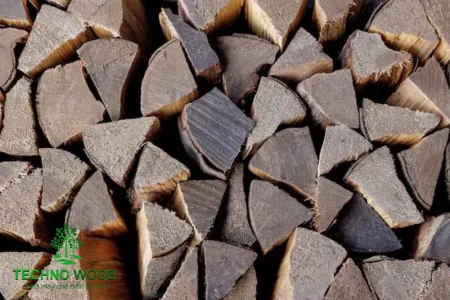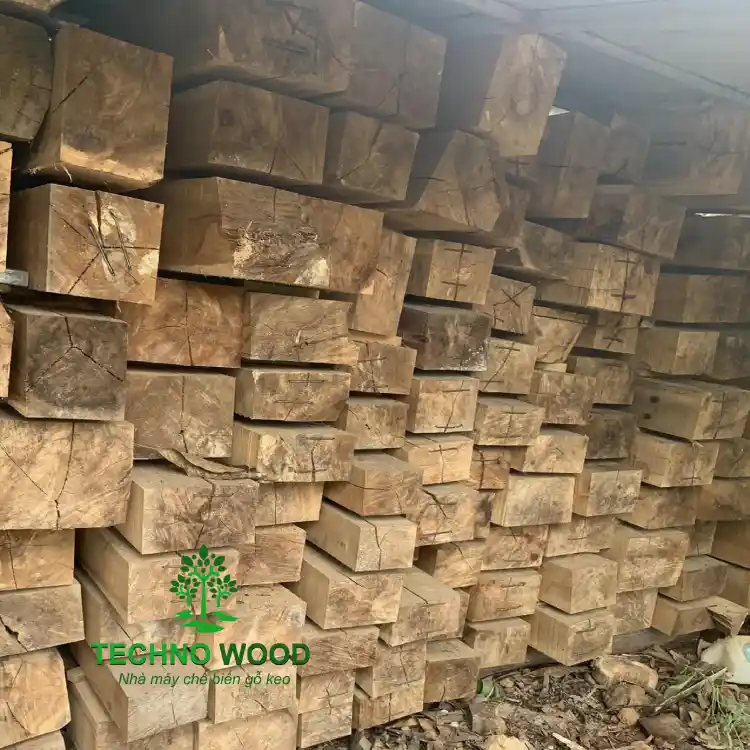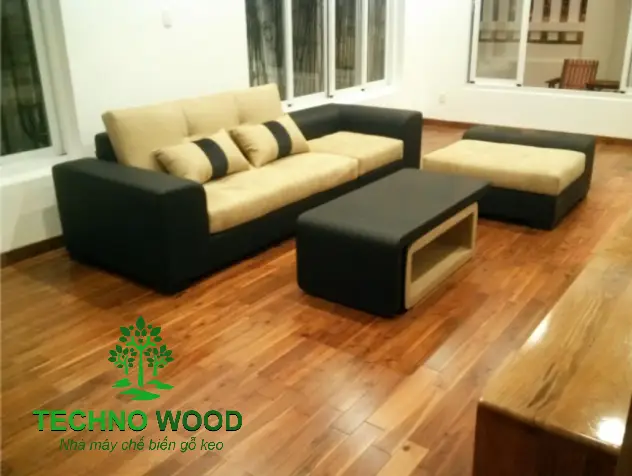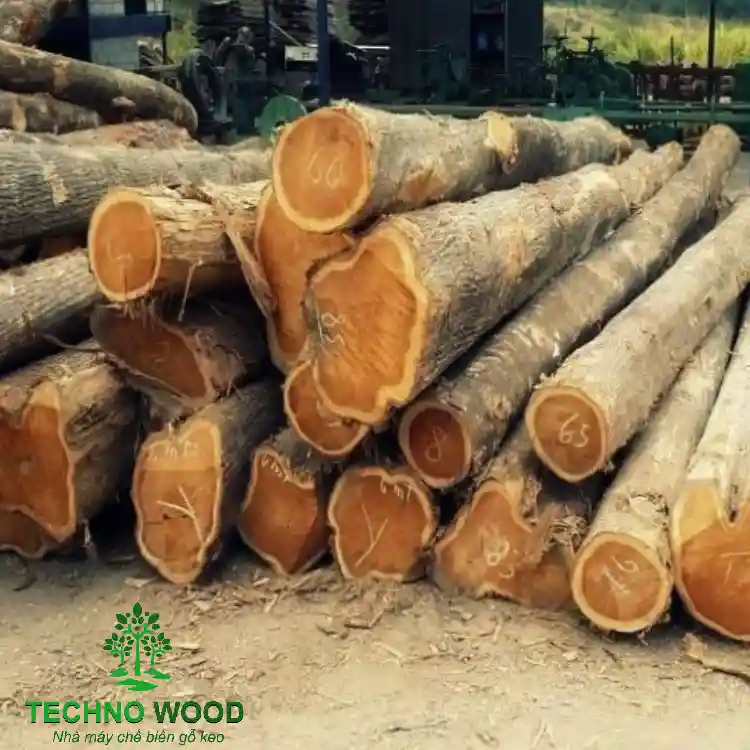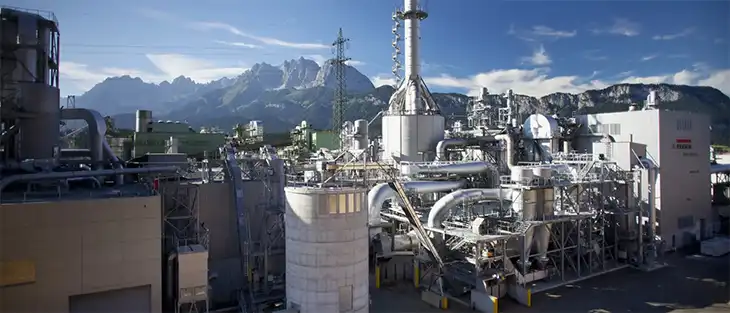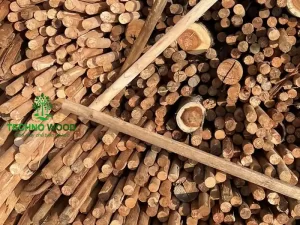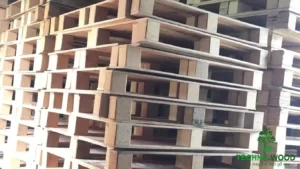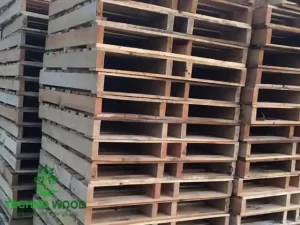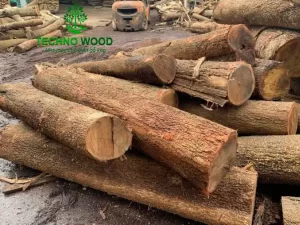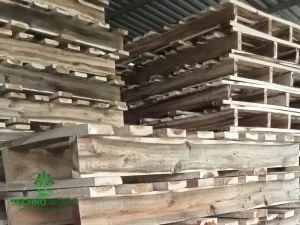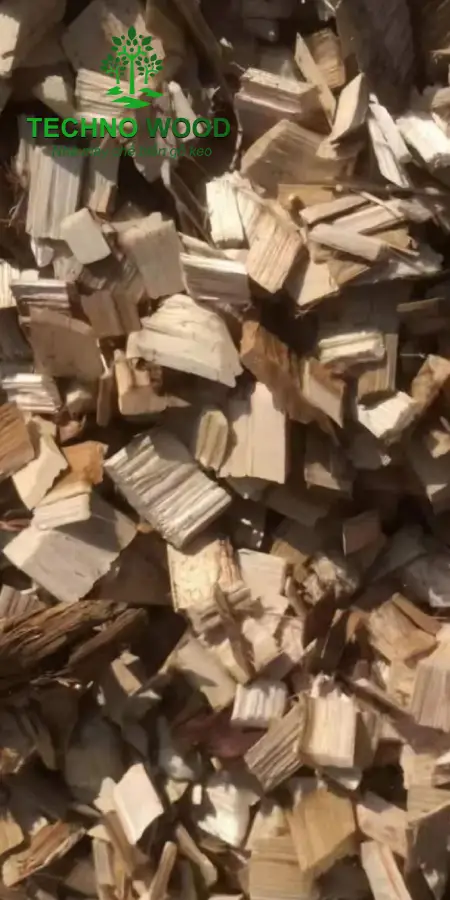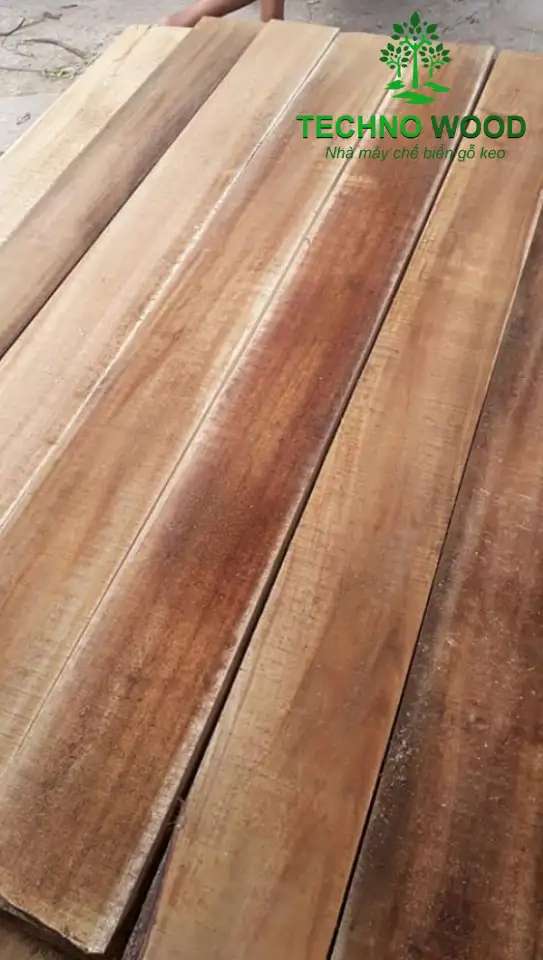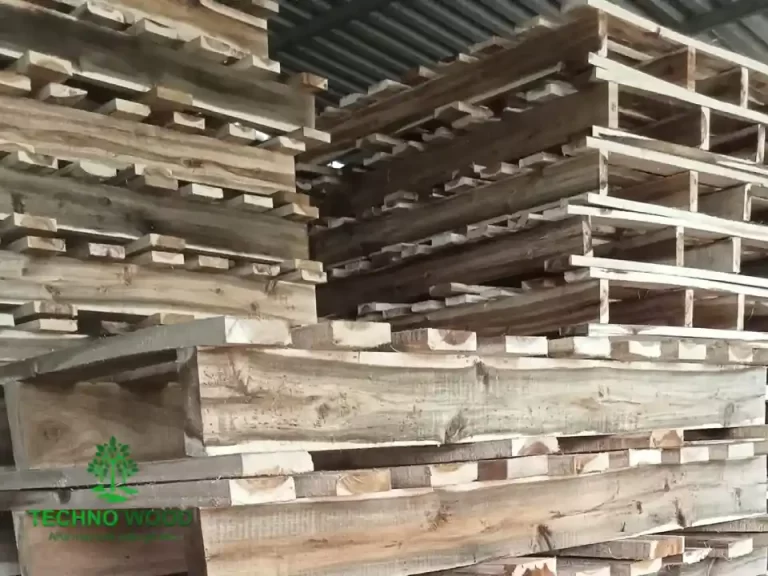1. Introduction to Dried Firewood
Dried firewood, also known as seasoned firewood, is a traditional energy source that has existed for a long time in human history. In today’s modern age, with energy sources becoming a top concern, dried firewood not only maintains its traditional role but also becomes an energy-saving and environmentally friendly solution.
2. The Process of Drying Firewood
Drying firewood is the process of removing moisture from trees, grass, and wood to produce the final product, dried firewood. This process is often carried out by exposure to hot air or using modern drying equipment. During the drying process, the water in the firewood evaporates, enhancing its combustion ability and reducing its weight, thus increasing efficiency.
3. Advantages of Dried Firewood
3.1. Energy-Efficient Fuel
Dried firewood has a higher heat output compared to green firewood, meaning that less dried firewood is needed to generate the same amount of heat as green firewood. This leads to a significant reduction in the amount of energy required for heating and cooking processes.
3.2. Reduced Disease Transmission
Dried firewood contains less moisture than green firewood, which not only increases combustion efficiency but also reduces the risk of bacterial and fungal growth. This not only benefits the efficiency of firewood use but also protects the health of users, especially in cooking and heating spaces.
3.3. Environmental Contribution
The use of dried firewood contributes to comprehensive environmental protection. Minimizing deforestation is a major advantage, as the drying process requires less raw material compared to the drying of green firewood. Additionally, the ability to reduce emissions of pollutants during the burning process also contributes to maintaining environmental cleanliness.
4. Wide Applications of Dried Firewood
4.1. Heating
In rural areas, dried firewood is often the main source of energy for heating homes. This is not only due to the convenience of using firewood but also because of the widespread availability and accessibility of firewood in these areas. Additionally, dried firewood is commonly used as an alternative energy source, especially in areas prone to frequent power outages. Its ability to provide stable and continuous heat makes dried firewood a popular choice in emergency situations.
4.2. Cooking
In many regions around the world, dried firewood remains the primary source of energy for cooking. The heat-generating ability of dried firewood not only serves cooking purposes but also creates a traditional and cozy cooking experience. In outdoor events such as camping or picnics, dried firewood serves as a portable and convenient energy source for cooking, especially in cases where essential energy sources like electricity are not available.
4.3. Food Processing
Dried firewood is not only an energy source but also an important tool in food processing. Using dried firewood for drying and preserving food is a traditional method that is maintained and developed in many communities worldwide. Dried firewood helps minimize food waste by keeping food fresh for extended periods without requiring continuous energy sources. This enhances the sustainability of the food processing process.
5. Conclusion
Dried firewood, with its benefits of energy savings and environmental protection, continues to play an important role in the daily lives of millions of people worldwide. The development and efficient application of dried firewood can contribute to building a sustainable future not only for Vietnam but also for the world as a whole.


